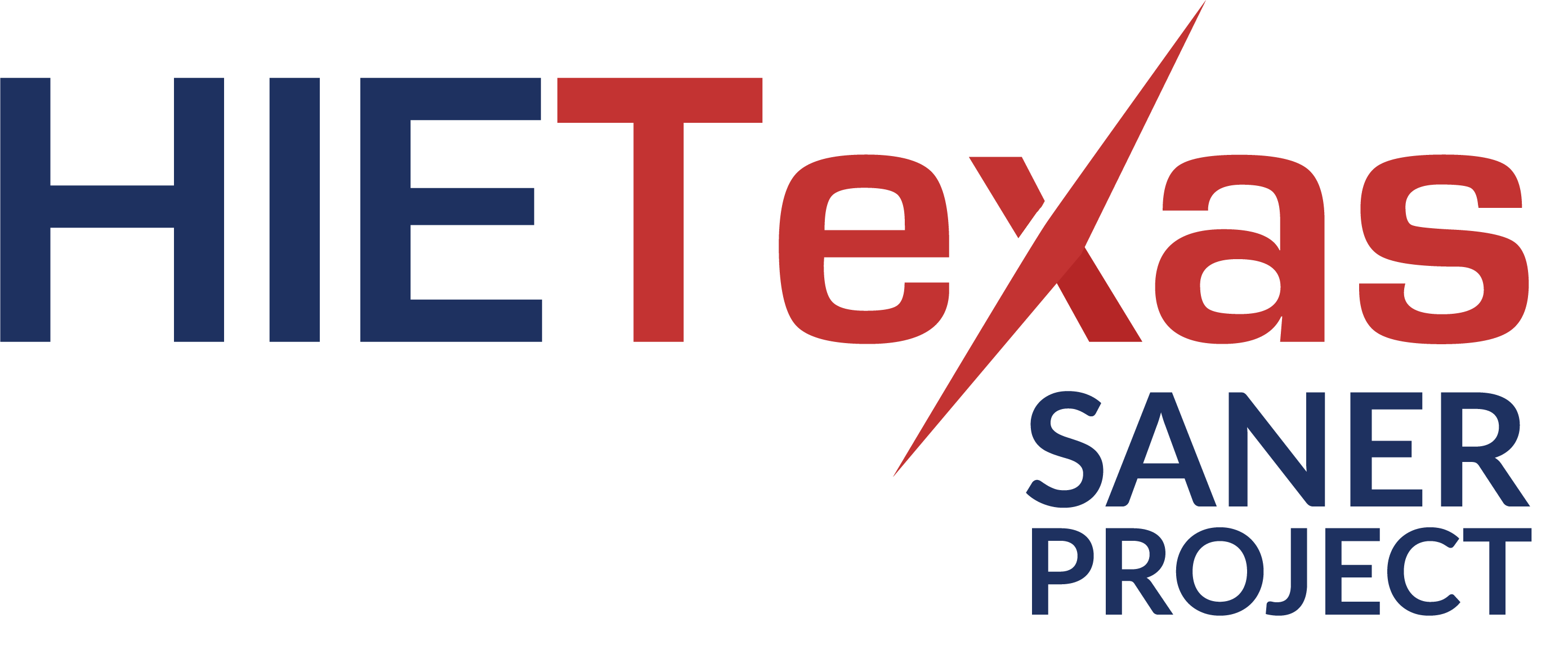The Situational Awareness for Novel Epidemic Response Project (SANER PROJECT)
Improving real-time situational awareness of health care system capacity in the COVID-19 pandemic and future public health emergencies.
Ready to talk?
Our team is happy to answer any questions or comments regrading our products & certification. Click on the button below and we’ll get back to you shortly!
SANER PROJECT FEATURES
Reduce Reporting Burden
Reduce manual reporting burden on health care facilities, and public health authorities, and reduces potential error.
Uniformity Comparison
Using a standard specification allows a uniform comparison across facilities, states, and regions.
Real-time information
Automatic extraction allows for real-time information regarding facility capacity that can inform operational decisions.
SANER PROJECT FAQs
Use the accordions to learn about frequently asked questions about the SANER Project. These questions cover a wide range of topics. If your question can not be answer please contact our team with the button below.
What is the goal of the SANER Project?
The SANER Project is developing a workable, quickly deployable approach for healthcare situational awareness. This approach will provide immediate benefit to hospitals and healthcare facilities who have been asked by the state and federal agencies to report hospital capacity, lab testing results, and other critical data points. This work can be instrumental for long-term use in future disasters and public health emergencies by creating the infrastructure required for real-time data sharing from clinical settings to local, state, and federal public health authorities.
Who can participate?
The Texas SANER PROJECT Pilot will run through September of 2022. THSA is actively recruiting hospital participants to establish proof-of-concept for this method of data exchange. There are several ways for a hospital to participate in the pilot:
- Hospitals that are interested in helping to shape the SANER FHIR standard may join the Policy Advisory and/or Technical Advisory Groups which meet once every two weeks.
- Hospitals that do not have the technical infrastructure required to deploy the SANER App can provide a CSV file of situational awareness data to identify if the SANER Server can incorporate the format into consolidated measure reports and a dashboard (beginning summer of 2021).
- Hospitals can help pilot test the SANER App and provide feedback to the developers for ongoing improvements (beginning fall of 2021).
How can hospitals benefit?
Hospitals participating in the pilot will receive a free copy of the open source SANER App being developed for this project. Hospitals that have not yet automated data exchange should experience a decrease in staff time required to meet reporting requirements for COVID-19 response. Finally, as a candidate national and international standard, SANER is designed to be a re-usable platform for the collection of new measures leading to a reduced need for custom software development for hospitals.
How can SANER Project benefit Texas?
State public health authorities would receive more standardized data from Texas’ 750 hospitals thus improving its data synthesis, analysis, and visualization capabilities. In addition, potential errors associated with manual data collection (such as time delays and re-keying errors) should be reduced or eliminated.Outside of the COVID-19 response, automated electronic reporting has widespread benefits for health care situational awareness in other more routine regional surge events that require patient load balancing across hospitals and/or hospital systems. These events may include, for example, large structure fires or traffic accidents, surges due to seasonal flu, or hurricane evacuations.